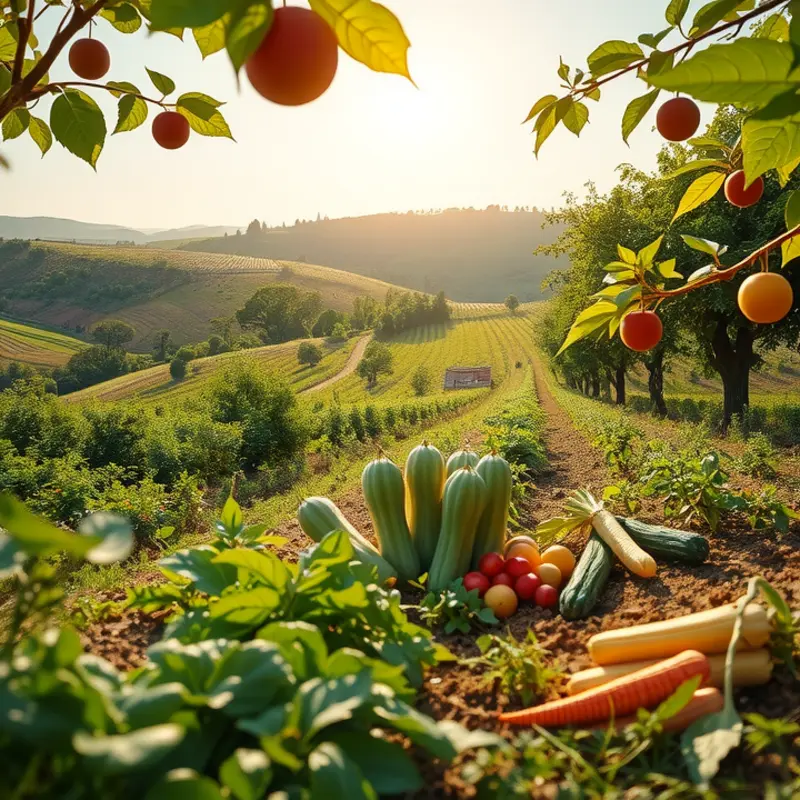Achieving the perfect balance of seasoning can elevate your dishes from ordinary to extraordinary. Home cooks of all levels often struggle with food over-seasoning, which can mask the true flavors of ingredients. This guide offers practical, easy-to-follow tips that will help you refine your palate and create delicious meals without overwhelming seasoning. Whether you’re a novice or a seasoned cook, these insights will improve your kitchen skills and ensure your dishes shine.
Understanding the Flavor Spectrum: Salt, Sweet, Sour, and Bitterness

Mastering the art of seasoning begins with understanding the four core flavors: salt, sweet, sour, and bitterness. Each plays a vital role in the culinary dance, enhancing or counterbalancing the others to create harmony on the palate.
Salt is the ultimate flavor enhancer. It’s the key to unlocking taste potential, making it essential in both savory and sweet dishes. But excessive use can overshadow other flavors, creating a dish that’s one-dimensional. Learn to add salt incrementally and taste frequently. Salt can be a powerful antagonist to bitterness and a companion to sweetness, helping highlight the natural flavors of your ingredients.
Sweetness adds depth and complexity. It can subtly elevate the flavors of a dish or punctuate its overall profile. Ingredients like honey, sugar, and fruit naturally contribute sweetness. However, balance is essential. Excessive sweetness might overpower other elements, resulting in a cloying sensation. Consider sweetness when adjusting salt or acidity, as these elements can temper each other.
Sour flavors add brightness and complexity. They can cut through richness and add a fresh note to your dishes. Elements like lemon juice, vinegar, and fermented foods contribute sourness. When incorporated thoughtfully, sour notes can create a zesty profile that elevates the overall flavor. If a dish seems heavy or dull, an acid touch can often rejuvenate it. Adjust sourness with caution, and balance it with sweetness and salt to achieve a rounded result.
Bitterness is often overlooked but can add nuance and sophistication. Ingredients such as dark leafy greens, coffee, or dark chocolate contribute bitterness. While a vital part of the flavor spectrum, bitterness needs careful handling to avoid an unpleasant, overpowering effect. Use sweetness or salt to soften bitter flavors, or introduce a combination of sour to refresh your palate. A well-measured touch of bitterness enriches a dish, bringing out the best in other flavors.
Taste the dish at different stages of cooking. This step lets you identify imbalances and make precise adjustments. Begin with small quantities to avoid over-seasoning, and incrementally tweak flavors. The key is harmonious interaction between these elements, rather than dominance by one.
Understanding flavor interactions helps prevent common pitfalls in seasoning. Reaching for salt to remedy all ills can lead to dishes being too salty without addressing underlying flavor imbalances. Instead, consider whether a hint of sweetness, brightness from acidity, or a whisper of bitterness might bring more sophistication and balance.
For those exploring ways to enhance flavor complexity without relying heavily on salt, our guide to flavor boosters without salt provides innovative ideas using natural ingredients to heighten taste.
Balancing flavors is a journey of taste, intuition, and creativity. As you refine your ability to adjust and enhance these fundamental flavors, you’ll develop the confidence to create dishes that surprise and delight with their perfect equilibrium.
Seasoning Techniques: Less is More

Seasoning is an art of subtlety and precision, where less can often be more. This principle isn’t about using fewer ingredients but about achieving balance. At the foundation of great seasoning is the technique of layering flavors. This means building complexity by adding seasonings gradually throughout the cooking process, enhancing each layer with an array of herbs and spices. This gradual approach prevents any singular component from overwhelming the final dish.
To master this, start by seasoning your proteins right from the beginning and continue to taste and adjust as you progress. The initial seasoning sets the tone, underlying subsequent additions. For instance, commence with salt and a few foundational spices early on, then integrate herbs or zests towards the end to freshen and accentuate flavors without overpowering them.
Herbs and spices play pivotal roles in defining the character of your dish. Each holds its strength and timing for greatest impact. Fresh herbs are usually best added at the end of cooking to maximize their aromatics, while robust spices like cinnamon or cumin can endure longer exposures, transforming and deepening as they cook. It’s crucial to consider their power—use sparingly and taste often. Aim for a harmony where no single herb or spice dominates unless intentionally desired.
Moreover, it’s essential to consider how diverse cooking methods alter seasoning potential. Techniques such as roasting or grilling can highlight bolder flavors, as caramelization unlocks sweetness and complexity. Conversely, methods like steaming maintain subtlety, requiring gentler seasoning to preserve natural flavors without overshadowing them. Considering the dish’s cooking method informs when and how you should season.
Frequent tasting is an invaluable habit to develop. This practice nurtures a keen understanding of how flavors progress. A small taste every few steps helps you determine if the seasoning is balanced and timely. Adjustments are more effective and less drastic, leading to a well-rounded dish.
Understanding the sensory impact of different seasonings also aids in achieving balance. Acidity from lemon juice or vinegar can lift, while a pinch of sugar can round out sharpness. A dash of bitterness from ingredients like kale or a hint of heat from chili can add new dimensions. Consider visiting the Flavor Boosters Without Salt for more on enhancing dishes beautifully without salt.
When striving for balance, remember that the beauty of seasoning lies in its ability to elevate without overshadowing. By applying these techniques, you allow every ingredient in the dish to express itself, achieving a perfect harmony that delights the palate.
Final words
Perfecting the art of seasoning doesn’t require advanced culinary knowledge; it just takes practice and awareness. By understanding flavor profiles and employing cautious seasoning techniques, you’ll soon find your dishes bursting with balanced flavor. Tasting as you cook is the most critical skill you can develop. Remember, it’s always easier to add more seasoning than to remove it, so start with a light hand and adjust as needed. Your newfound skills will lead to meals that are not only delicious but also truly representative of the fresh ingredients you work with.







